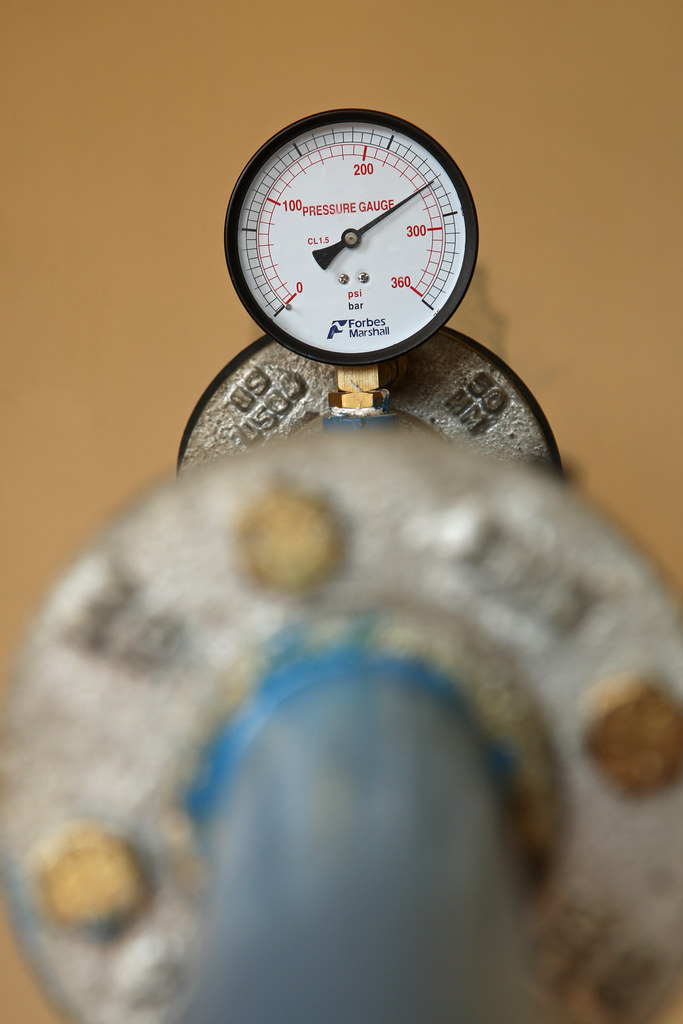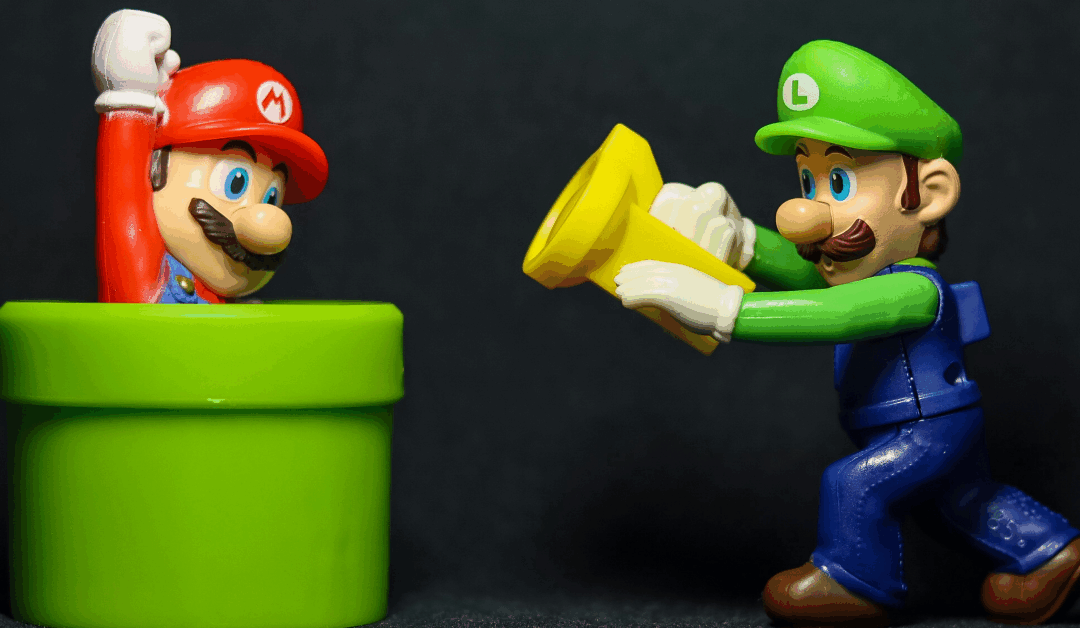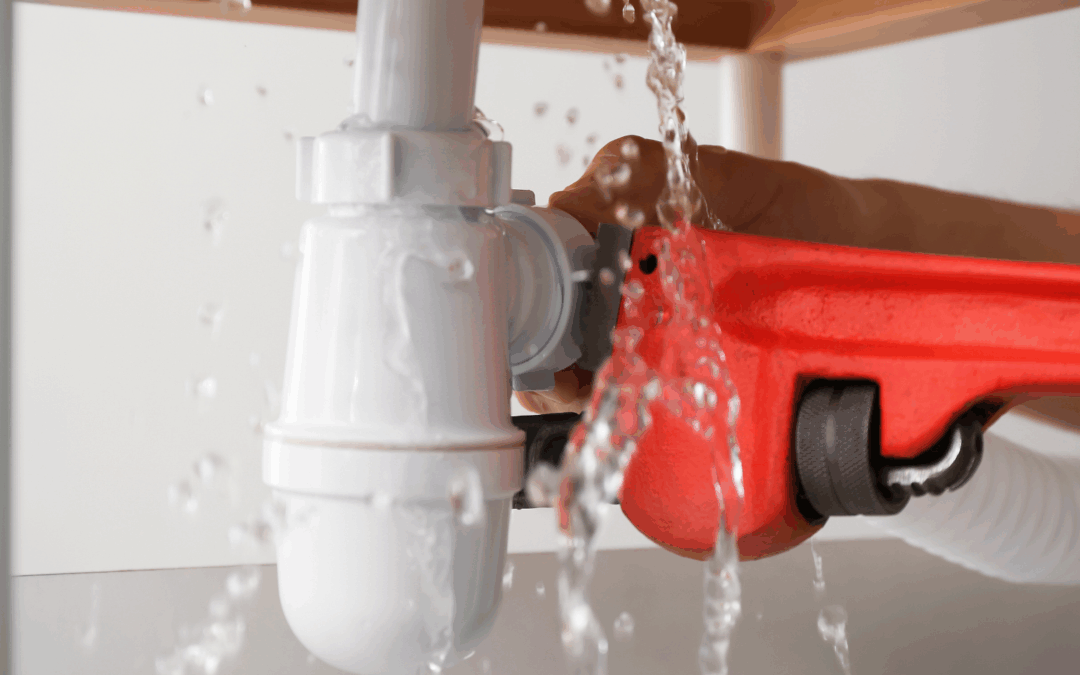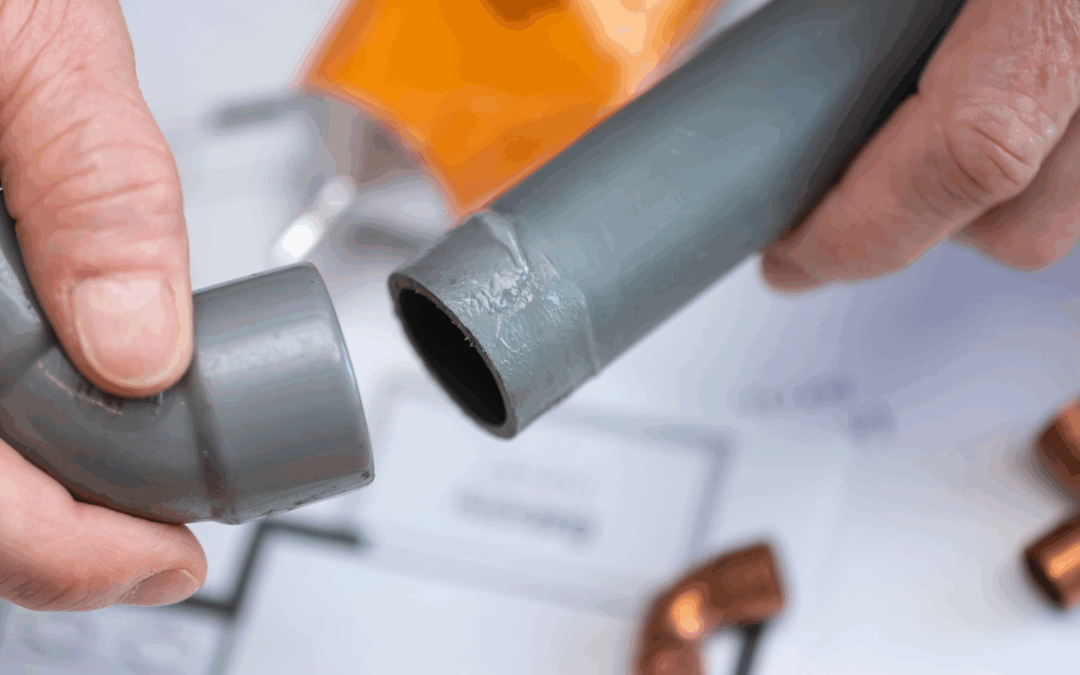Nothing ruins a relaxing shower quite like weak water flow trickling from your showerhead. Low water pressure affects millions of homes across the United States, turning simple daily tasks into frustrating ordeals. Whether you’re struggling to rinse shampoo from your hair or waiting forever for your kitchen sink to fill a pot, poor water pressure can significantly impact your quality of life.
Understanding what causes low water pressure is the first step toward restoring normal flow throughout your home. While some issues require professional intervention, many water pressure problems have straightforward solutions that homeowners can tackle themselves. The key is identifying the root cause before it leads to more serious plumbing issues.
From mineral buildup in old pipes to faulty pressure regulators, various factors can restrict water flow in your home’s plumbing system. Some problems affect individual fixtures, while others impact your entire home’s water pressure. By learning to recognize the warning signs and understanding how your home’s water supply works, you’ll be better equipped to address these issues quickly and effectively.
Schedule Service Online
Get a free estimate so you know what you're signing up for
"*" indicates required fields
For Emergency Services Call: 410-255-9300
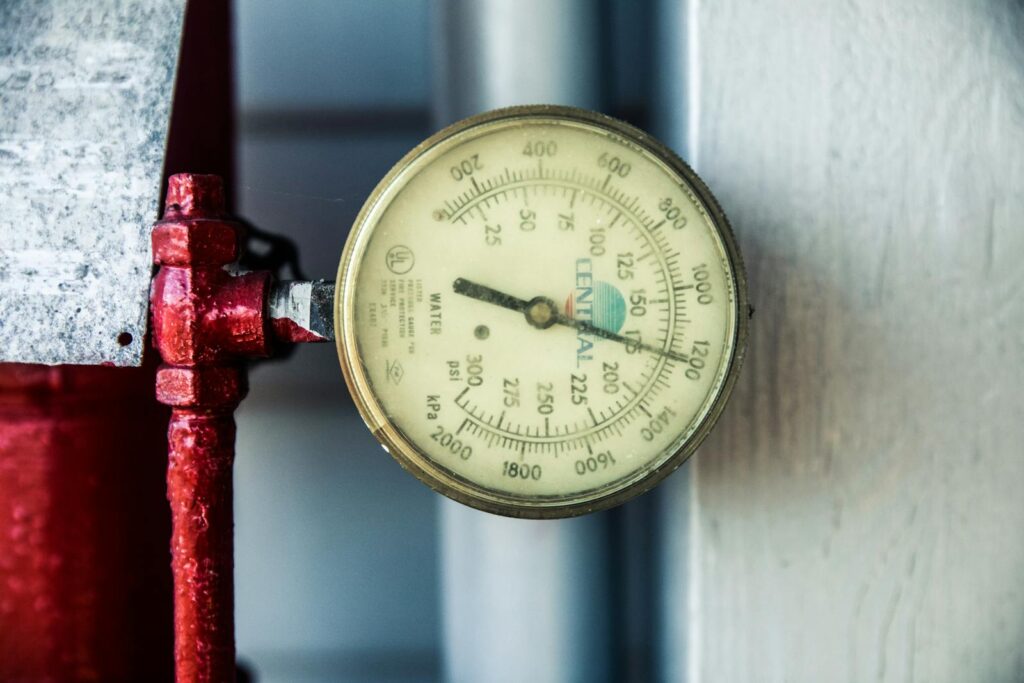
Photo by Ekaterina Belinskaya on Pexels
How Water Pressure Works in Your Home
Before diving into specific causes of low water pressure, it’s helpful to understand how water flows through your home’s plumbing system. Water enters your property from the municipal water supply through your water meter and main shut-off valve. The pressure from your water supplier typically ranges between 40 to 80 pounds per square inch (PSI), with most homes operating optimally between 60 to 70 PSI.
Once water enters your home, it travels through your main water line and branches out to supply various plumbing fixtures throughout the house. A pressure regulator, also known as a pressure reducing valve, helps maintain consistent water pressure levels and protects your pipes from damage caused by high water pressure.
Your home’s plumbing system includes both hot and cold water lines. Hot water flows from your water heater through dedicated pipes, while cold water travels directly from the main supply line. This dual system means that pressure problems can affect all your water or just your hot water supply, depending on where the issue originates.
Normal water pressure should provide adequate flow for multiple fixtures to operate simultaneously without significant pressure drops. When you experience poor water pressure, something in this system is restricting the natural flow of water to your faucets, shower heads, and other plumbing fixtures.
Common Causes of Low Water Pressure
1. Clogged Aerators and Shower Heads
One of the most frequent causes of low water pressure affects individual fixtures rather than your entire home. Faucet aerators and shower heads contain small screens designed to mix air with water, creating a smooth, consistent flow while conserving water. Over time, these screens become clogged with mineral deposits, limescale buildup, and debris from your water supply.
Hard water, which contains high levels of minerals like calcium and magnesium, accelerates this buildup process. You might notice that your kitchen sink has great pressure while your bathroom faucet barely produces a trickle. This localized problem indicates that the aerator in the affected fixture needs cleaning or replacement.
To test whether a clogged aerator is causing your low flow, unscrew the aerator from the end of your faucet spout. Turn on the water without the aerator in place. If water pressure returns to normal, you’ve found your culprit. Clean the aerator by soaking it in white vinegar overnight to dissolve mineral deposits, or replace it entirely if the buildup is too severe.
Shower heads face similar issues, especially in areas with hard water. Mineral deposits can clog the small holes in your shower head, reducing water flow and creating uneven spray patterns. Regular cleaning with vinegar or a descaling solution can prevent this buildup and maintain optimal water pressure.
2. Corroded or Clogged Pipes
Aging pipes represent one of the most serious causes of low water pressure throughout your home. Galvanized steel pipes, commonly installed in homes built before 1960, are particularly susceptible to corrosion and mineral buildup. As these pipes age, rust and scale accumulate on the interior walls, gradually restricting water flow.
The corrosion process happens slowly, which means homeowners often don’t notice the gradual decline in water pressure until the problem becomes severe. Corroded pipes don’t just reduce water flow; they can also affect water quality and lead to costly pipe failures.
Clogged pipes can also result from limescale buildup, especially in areas with hard water. Calcium and magnesium deposits accumulate over decades, creating thick scale that narrows the pipe’s interior diameter. This buildup restricts water flow and can eventually block pipes entirely.
Signs of corroded or clogged pipes include discolored water, particularly reddish-brown water that indicates rust, and low pressure affecting multiple fixtures throughout your home. If you suspect your pipes are the problem, contact a professional plumber for inspection and possible replacement.
3. Faulty Pressure Regulator
Your home’s pressure regulator plays a crucial role in maintaining consistent water pressure from your municipal water supply. This device reduces the high pressure from the water company to safe levels for your home’s plumbing system. When a pressure regulator fails, it can cause sudden drops in water pressure throughout your entire home.
Pressure regulator problems often manifest as either extremely low pressure or dangerously high pressure. A failing regulator might stick in a partially closed position, restricting flow to all your plumbing fixtures. Alternatively, a completely failed regulator could allow excessive pressure that damages pipes, fixtures, and appliances.
You can test your home’s water pressure using a simple pressure test gauge available at most hardware stores. Attach the gauge to an outdoor spigot or laundry room faucet and turn on the water. If the reading falls below 40 PSI or exceeds 80 PSI, your pressure regulator may need adjustment or replacement.
Pressure regulator issues require professional attention, as improper installation or adjustment can damage your entire plumbing system. A qualified plumber can determine whether your regulator needs repair or replacement and ensure proper installation.
4. Partially Closed Valves
Sometimes the simplest explanations prove correct. Partially closed shut-off valves can significantly reduce water pressure without obvious signs of malfunction. Your home has several types of valves that control water flow, and each one could potentially cause pressure problems if not fully opened.
The main shut-off valve, typically located near your water meter, controls water flow to your entire home. If this valve isn’t completely open, perhaps after maintenance work or an emergency shut-off, your whole house will experience reduced water pressure. Always ensure this valve is fully open by turning it counterclockwise until it stops.
Individual fixtures also have shut-off valves, usually located under sinks or behind toilets. These smaller valves might be partially closed after plumbing repairs or routine maintenance. Check these valves by turning them counterclockwise to ensure they’re fully open.
Water heater shut-off valves can specifically affect hot water pressure. If your cold water pressure seems normal but hot water flow is weak, check the valves connected to your water heater. Both the cold water inlet valve and hot water outlet valve should be completely open.
Ball valves, identifiable by their lever handles, should be parallel to the pipe when fully open. Gate valves, which have round handles that turn multiple times, should be turned counterclockwise until they won’t turn any further.
5. Water Heater Issues
Water heater problems can cause low pressure specifically for hot water throughout your home. Several issues within your water heater system can restrict hot water flow while leaving cold water pressure unaffected.
Sediment buildup in your water heater tank is a common cause of reduced hot water pressure. Over time, minerals from your water supply settle at the bottom of the tank, creating a thick layer of sediment. This buildup can clog the hot water outlet pipe and reduce the tank’s effective capacity.
A failing heating element in electric water heaters or a malfunctioning gas burner in gas units can also affect hot water pressure. When your water heater struggles to maintain proper temperature, it may not circulate water effectively through the system.
Dip tube problems specifically impact hot water pressure. The dip tube carries cold water to the bottom of the tank for heating. If this tube breaks or deteriorates, cold water mixes with hot water at the top of the tank, reducing both temperature and pressure.
Regular water heater maintenance, including annual flushing to remove sediment, can prevent many pressure-related issues. If you’re experiencing low hot water pressure along with temperature problems, contact a professional for water heater inspection and potential replacement.
6. Municipal Water Supply Problems
Sometimes low water pressure originates from your water supplier rather than your home’s plumbing system. Municipal water supply issues can affect entire neighborhoods or specific areas during peak usage times or system maintenance.
Peak demand periods, typically early morning and early evening when most people shower and prepare meals, can strain municipal water systems. During these times, you might notice reduced pressure that returns to normal during off-peak hours.
Water main breaks, scheduled maintenance, or system upgrades can also temporarily reduce water pressure. Your water company should notify customers about planned maintenance, but emergency repairs might happen without advance warning.
Fire department usage in your area can dramatically reduce water pressure temporarily. Fire hydrants draw massive amounts of water from the same supply lines that serve your home, creating temporary pressure drops during firefighting activities.
If you suspect municipal supply problems, contact your neighbors to see if they’re experiencing similar issues. If multiple homes have low pressure, contact your water supplier to report the problem and inquire about any known system issues.
7. Water Softener Problems
Water softeners help combat hard water issues, but malfunctioning units can actually cause low water pressure. These systems process all the water entering your home, so problems within the softener can affect your entire water supply.
Clogged resin beds in water softeners can restrict water flow significantly. Over time, the resin beads that remove minerals from your water become fouled with iron, sediment, or other contaminants. This buildup restricts water flow through the system.
Improper regeneration cycles can also cause pressure problems. Water softeners periodically flush themselves with salt water to clean the resin bed. If this regeneration process isn’t working correctly, the system may remain in a restricted flow mode.
Control valve issues within the water softener can stick in positions that limit water flow. These valves direct water through different stages of the softening process, and mechanical failures can trap them in flow-restricting positions.
If you suspect your water softener is causing low pressure, try bypassing the system temporarily. Most water softeners have a bypass valve that allows water to flow directly to your home without treatment. If pressure returns to normal with the softener bypassed, the unit needs professional service.
Troubleshooting Steps for Low Water Pressure
When you first notice low water pressure, systematic troubleshooting can help identify the cause and determine whether you need professional help. Start by determining whether the problem affects your entire home or specific fixtures.
Test multiple faucets throughout your house, including both hot and cold water. Turn on several fixtures simultaneously to see if pressure drops further. Check both upstairs and downstairs fixtures if you have a multi-story home.
If only one fixture has low pressure, focus on that specific area. Remove and clean the aerator or shower head. Check the shut-off valves under the sink or behind the toilet to ensure they’re fully open.
For whole-house pressure problems, check your main shut-off valve first. Locate this valve near your water meter and ensure it’s completely open. Also, check your pressure regulator if your home has one.
Test your water pressure using a pressure gauge during different times of day. Pressure that varies significantly might indicate municipal supply issues or problems with your pressure regulator.
Document when pressure problems occur. Consistent low pressure suggests equipment problems, while intermittent issues might indicate supply problems or high demand periods.
When to Call a Professional Plumber
While some water pressure issues have simple DIY solutions, others require professional expertise and specialized equipment. Knowing when to call a plumber can save you time, money, and potential damage to your plumbing system.
Contact a professional immediately if you experience sudden, severe pressure loss throughout your home. This could indicate a major pipe failure, water main break, or serious equipment malfunction that needs immediate attention.
Corroded pipes, especially galvanized steel pipes in older homes, require professional replacement. Attempting to repair severely corroded pipes yourself can lead to flooding and extensive property damage.
Pressure regulator problems always need professional attention. These devices work under high pressure and improper installation or adjustment can damage your entire plumbing system or create safety hazards.
Water heater issues beyond simple maintenance tasks should be handled by professionals. Gas water heaters especially require expertise to ensure safe operation and proper venting.
If you’ve tried basic troubleshooting steps without success, a professional plumber has specialized tools and experience to diagnose complex pressure problems. They can perform pressure tests, inspect hidden pipes, and identify issues that aren’t obvious to homeowners.
Preventing Future Water Pressure Problems
Preventive maintenance is the best strategy for avoiding water pressure problems. Regular care of your plumbing system can prevent many common causes of low pressure and extend the life of your pipes and fixtures.
Clean faucet aerators and shower heads every few months, especially if you have hard water. Soak them in white vinegar overnight to dissolve mineral deposits, or replace them if cleaning doesn’t restore proper flow.
Schedule annual water heater maintenance to prevent sediment buildup that can affect hot water pressure. Professional flushing removes accumulated minerals and helps maintain optimal performance.
Test your home’s water pressure annually using a simple pressure gauge. This helps you establish baseline readings and identify gradual changes that might indicate developing problems.
Consider water treatment systems if you have hard water. Water softeners and filtration systems can prevent mineral buildup that causes pressure problems over time.
Know the location of all shut-off valves in your home and check them periodically to ensure they’re fully open. Mark valve positions after plumbing work to ensure they’re properly reopened.
Replace old galvanized steel pipes before they fail completely. While this represents a significant investment, it prevents the gradual pressure loss and water quality problems associated with corroded pipes.
Helpful Resources for Low Water Pressure
If you’re experiencing low water pressure and want to explore solutions or learn more, these resources can provide valuable information and assistance:
Learn about water-efficient products and tips for improving water flow while conserving resources.
Family Handyman – Low Water Pressure Troubleshooting Guide
A step-by-step guide to pinpoint and resolve common water pressure issues in your home.
Angi – Common Plumbing Issues and Fixes
Explore plumbing advice, including solutions for low pressure, and find local plumbers with verified reviews.
This Old House – Plumbing Basics
Gain insight into how your water system works and troubleshoot basic plumbing challenges.
Plumbing Manufacturers International (PMI)
An industry resource offering knowledge about plumbing fixtures and standards to enhance your home’s systems.
Home Depot – Plumbing Tips & DIY Guides
Access DIY guides, tools, and tips to address water pressure problems and improve plumbing performance.
American Water Works Association (AWWA)
Find educational resources on water systems, conservation, and ensuring reliable water flow in homes.
These resources can help you better understand your home’s water system and take the first steps toward solving low water pressure problems.
Restore Your Home’s Water Pressure Today
Low water pressure doesn’t have to be a permanent frustration in your home. By understanding the common causes and taking systematic steps to identify the problem, you can often restore normal flow to your plumbing fixtures.
Start with simple solutions like cleaning aerators and checking valve positions. These quick fixes resolve many pressure problems without professional help or significant expense. For more complex issues involving corroded pipes, faulty pressure regulators, or water heater problems, don’t hesitate to contact experienced professionals.
Remember that some water pressure problems indicate serious underlying issues that can worsen over time. Addressing these problems promptly prevents more extensive damage and costly repairs down the road.
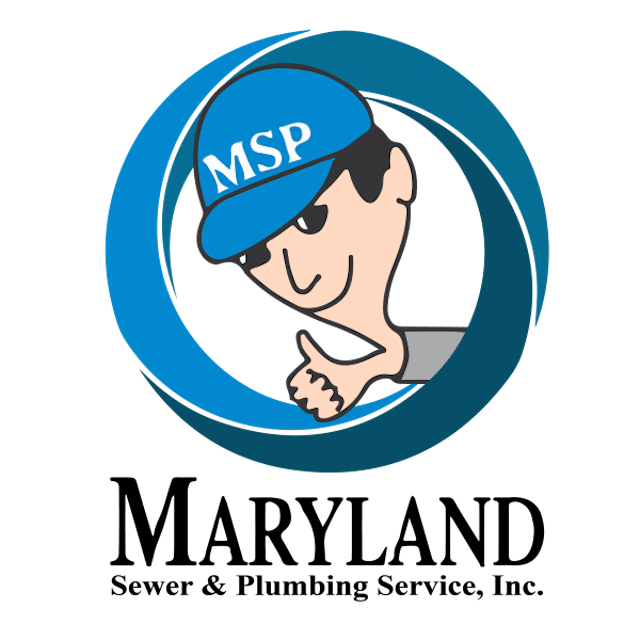
MD Sewer and Plumbing
If you’re experiencing persistent low water pressure issues that simple troubleshooting can’t resolve, the experts at MD Sewer & Plumbing are ready to help. Our experienced technicians can quickly diagnose pressure problems and provide effective solutions to restore optimal water flow throughout your home. Contact us today to schedule your water pressure evaluation and get back to enjoying the comfort and convenience of proper water pressure.

